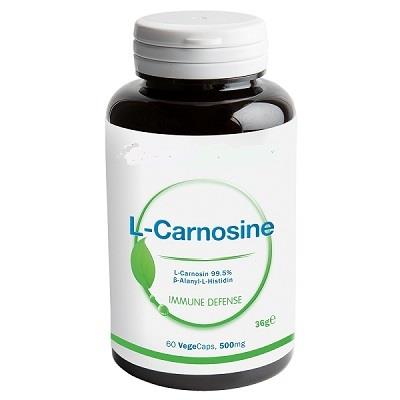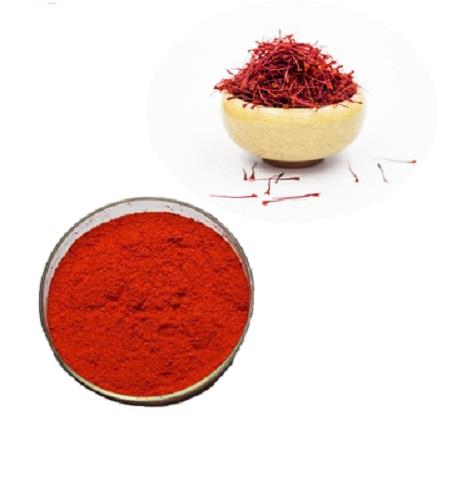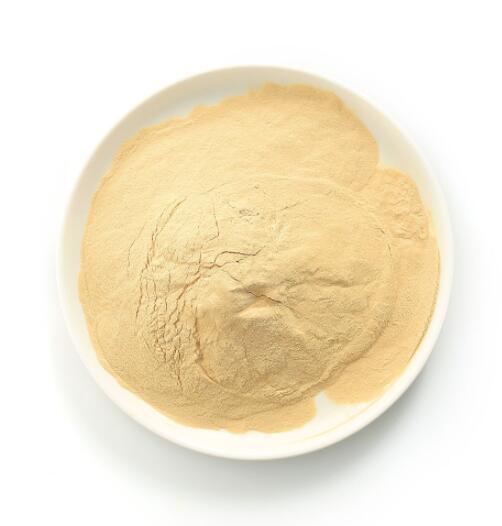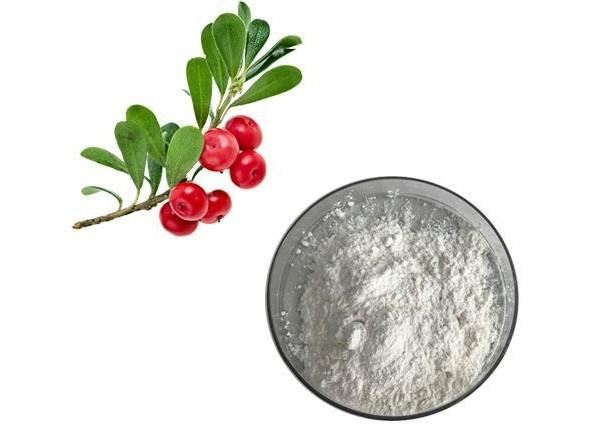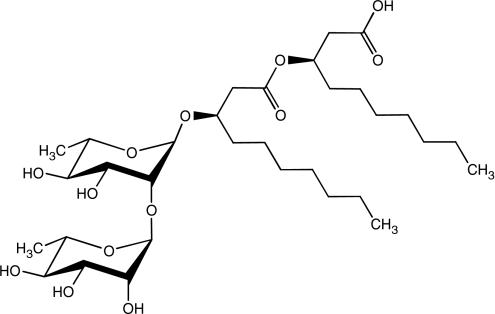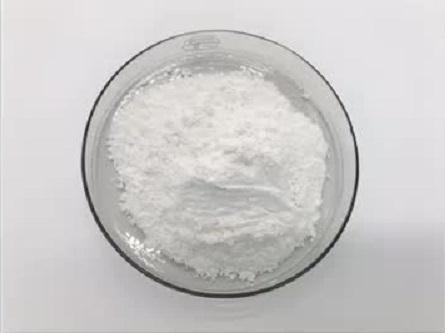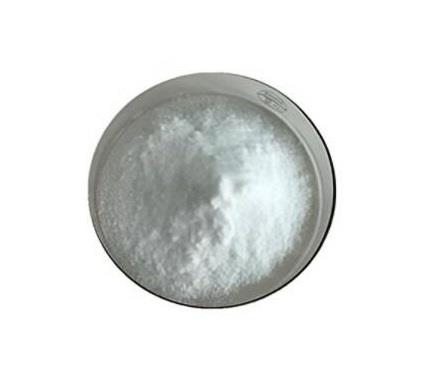Biochemical Engineering is one of the pillar industries of the 21st century and is the interdiscipline of biology, chemistry and engineering, being the general term of biochemical engineering and bio-processing engineering as well as being a branch of biotechnology. It is also one of the frontiers of chemical engineering disciplines and is the means for the conversion of biological technology into productivity, industrialization and commercialization. Biochemical Engineering products are products with animals, plants, microorganisms as raw materials and processing through approaches of biochemical engineering, physics and chemistry. It is widely applied to various kinds of fields including medicine, food, feed, basic organic chemicals, organic acids and bio-pesticides.
What is L-Carnosine?
L-Carnosine is a naturally-occurring histidine-containing compound and the biological role of this dipeptide is to act as cytosolic buffering agents. f
Apr 29,2022 Biochemical EngineeringBenefits of Thymosin α1
Thymosin α1 is a peptide fragment derived from prothymosin alpha, a protein that in humans is encoded by the PTMA gene.
Apr 28,2022 Biochemical EngineeringUses and Physiological effects of Crocin
Crocin is a pain-relieving medicine manufactured in India by GSK Consumer Healthcare Ltd. The active ingredient present in crocin is paracetamol. Paracetamol is an analgesic and antipyretic.
Apr 26,2022 Biochemical EngineeringCharacteristic and Dietary concerns of Yeast extracts
Yeast extracts consist of the cell contents of yeast without the cell walls;they are used as food additives or flavorings, or as nutrients for bacterial culture media. They are often used to create sa
Apr 26,2022 Biochemical EngineeringHealth Benefits of Fucoxanthin
Fucoxanthin is a brown seaweed pigment that is found in most brown seaweeds, as well as a few other marine sources. It is a xanthophyll, which is a molecule structurally similar to beta-carotene and v
Apr 24,2022 Biochemical EngineeringSources of usolic acid
Ursolic acid (UA) is a well-studied natural pentacyclic triterpenoid found in herbs, fruit and a number of traditional Chinese medicinal plants. UA has a broad range of biological activities and numer
Apr 24,2022 Biochemical EngineeringBenefits and applications of Hexapeptide-11
Hexapeptide-11 is a bio fermented peptide that has been shown in studies, run on human dermal fibroblasts, to upregulate key genes responsible for collagen production and important extracellular matri
Apr 21,2022 Biochemical EngineeringApplication of Rhamnolipid
Rhamnolipid is known as a biosurfactant and is secreted from the bacterium - pseudomonas aeruginosa. Surfactants are soaps made from petroleum. Biosurfactants are soaps made without petroleum and are
Apr 21,2022 Biochemical EngineeringStructure and Functions of Adenosine triphosphate
Adenosine triphosphate (ATP) is an organic compound and hydrotrope that provides energy to drive many processes in living cells, such as muscle contraction, nerve impulse propagation, condensate disso
Apr 18,2022 Biochemical EngineeringPotential benefits of Nicotinamide riboside
Like other forms of vitamin B3, nicotinamide riboside is converted by your body into nicotinamide adenine dinucleotide (NAD+), a coenzyme or helper molecule.
Apr 18,2022 Biochemical Engineering



